
The world’s population is growing fast, and doubling the food supply isn’t just about planting more crops—it’s about rethinking how we farm, eat, and waste food. By combining innovative ideas with sustainable practices, we can meet this challenge head-on. Let’s explore five game-changing ideas that could help us double the world’s food supply in just a few years.
1. Supercharging Photosynthesis

Plants aren’t as efficient as they could be at converting sunlight into energy. Scientists are working to enhance photosynthesis so crops like wheat and rice can grow faster and produce more. This breakthrough could boost yields by up to 40% without needing more land.
The Science of Supercharged Plants
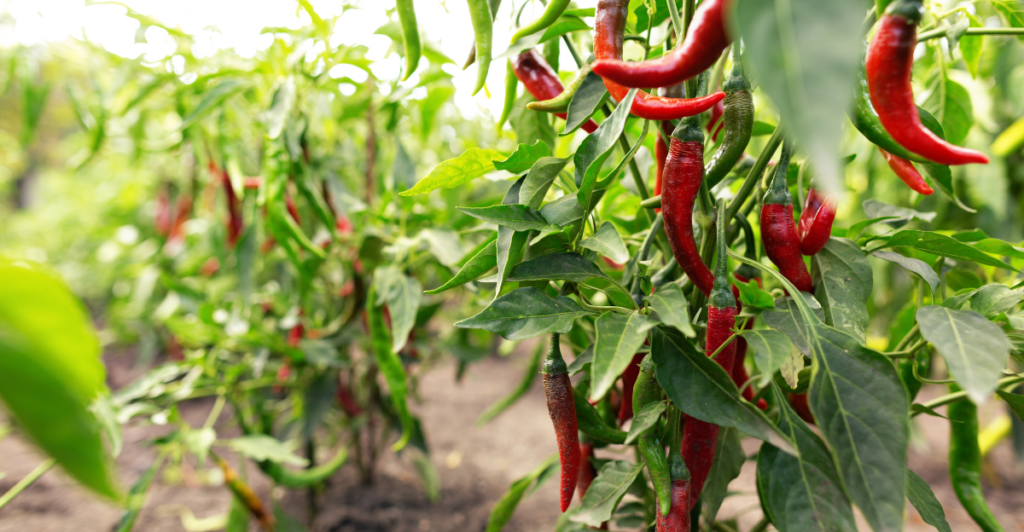
So, how do you actually improve photosynthesis? By tweaking a plant’s genes, scientists can help them absorb more light and process energy faster. Tests on crops like tobacco have already shown huge potential. If scaled, this could transform food production globally.
From Labs to Farms

Of course, lab experiments are just the first step. Field trials in Africa for example are testing these enhanced plants in real-world conditions. If successful, they could provide farmers with higher-yield crops that thrive even in challenging environments.
2. Embracing Vertical Farming
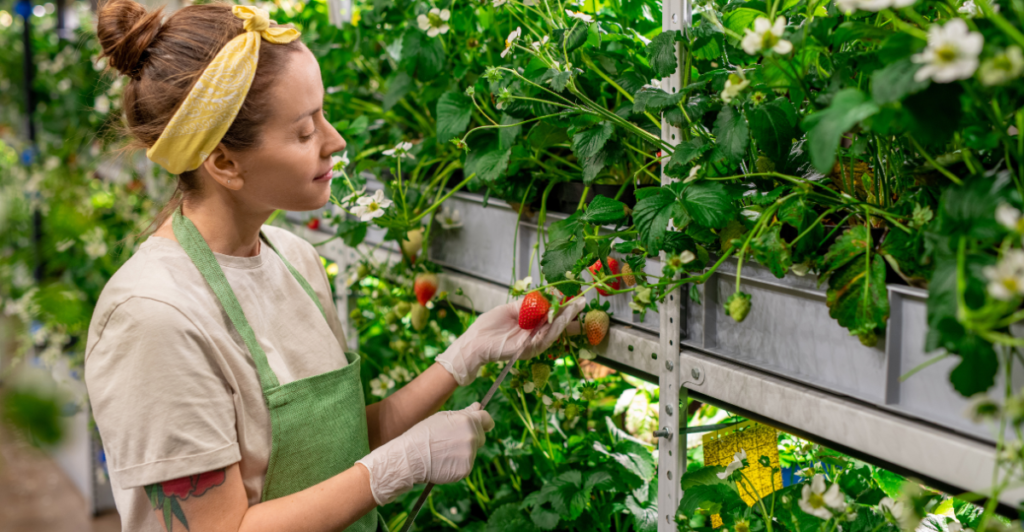
When space is limited, why not grow up instead of out? Vertical farming uses stacked layers and hydroponics to produce food indoors. It requires less land, 95% less water, and eliminates the need for pesticides. Cities like Singapore are already growing fresh greens in urban skyscrapers.
How Tech Powers Vertical Farming
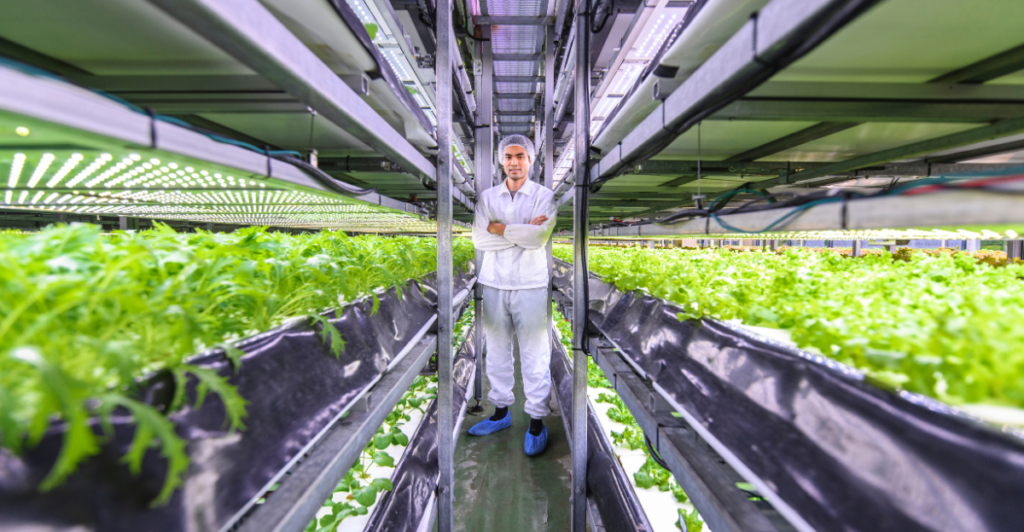
LED lights replace sunlight, sensors monitor soil-free systems, and automated controls optimize growing conditions. This tech-forward farming is fast, efficient, and ideal for urban spaces. Plus, with climate-controlled environments, crops grow year-round without weather disruptions.
Making It Accessible
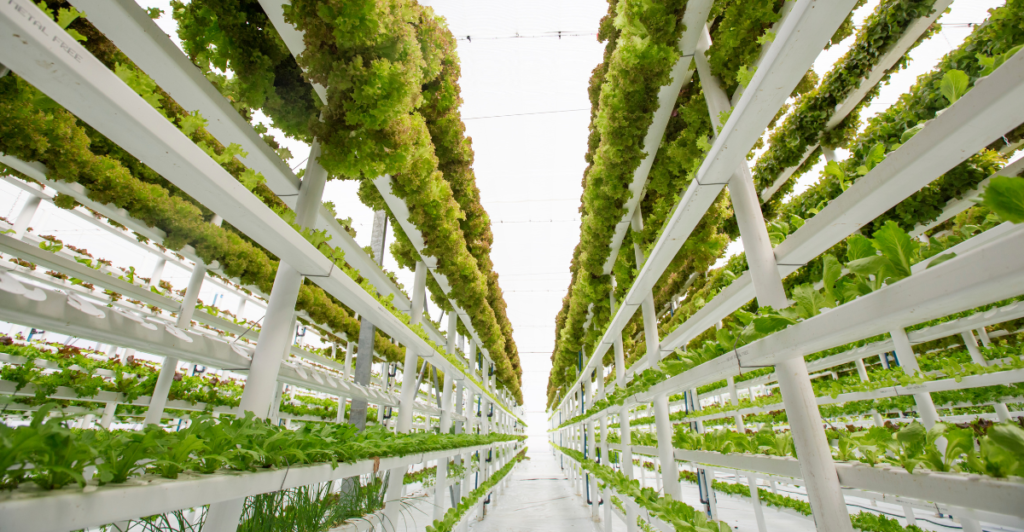
While vertical farming is exciting, it’s still costly. Innovators are focused on bringing down the price tag to make it affordable worldwide. Imagine vertical farms in low-income urban areas—fresh, local produce could become the new norm.
3. Reducing Food Waste
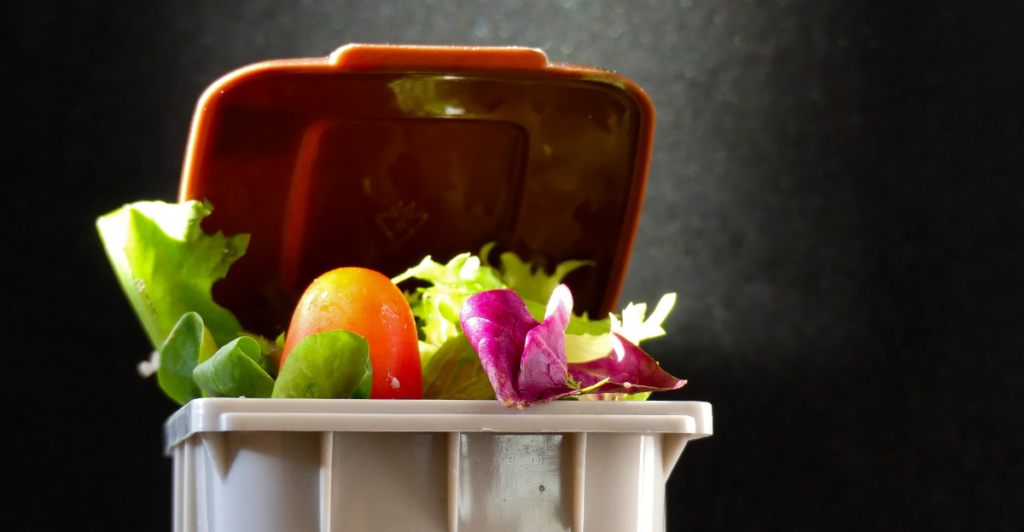
Here’s an easy fix: stop wasting so much food. Nearly a third of all food produced globally is lost or wasted. By improving storage, transportation, and distribution, we could save billions of meals—and massively increase the global food supply.
Solving the Food Loss Problem
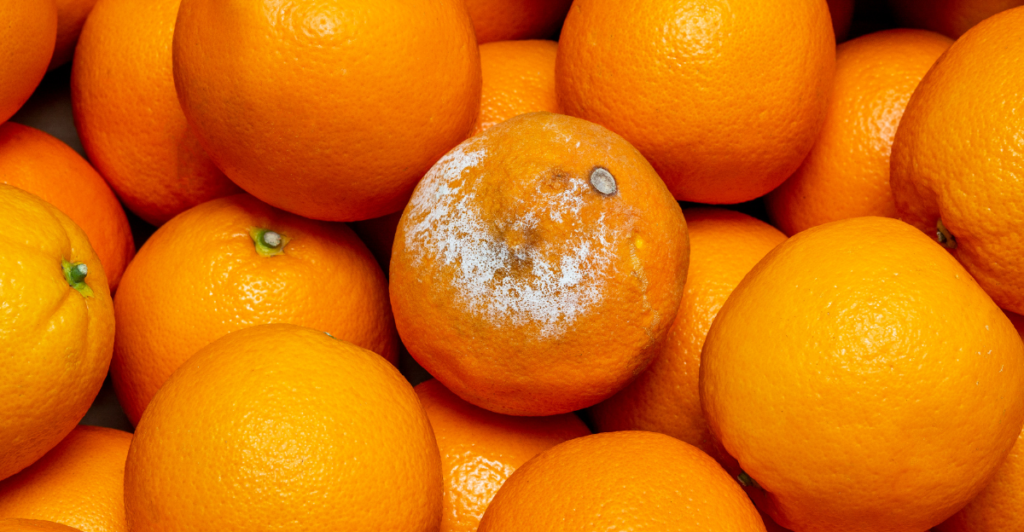
One of the biggest issues is food spoiling before it even reaches consumers. Countries like India are investing in cold storage and better transportation to keep food fresher for longer. It’s a game-changer for farmers and families alike.
Grassroots Solutions
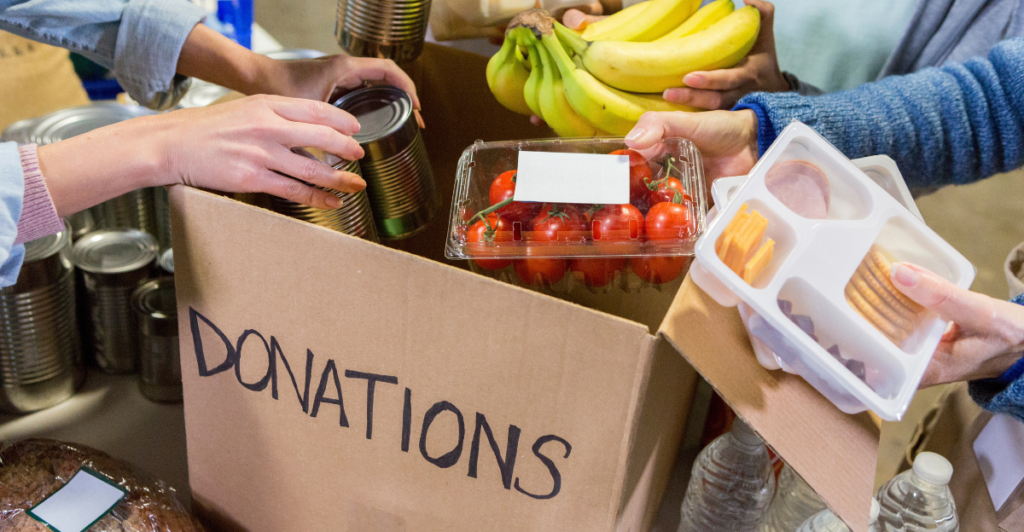
Communities around the world are stepping up. From food banks redistributing surplus to apps connecting people with excess food, small efforts are adding up. Reducing waste isn’t just about infrastructure—it’s about people taking action.
4. Developing Climate-Resilient Crops
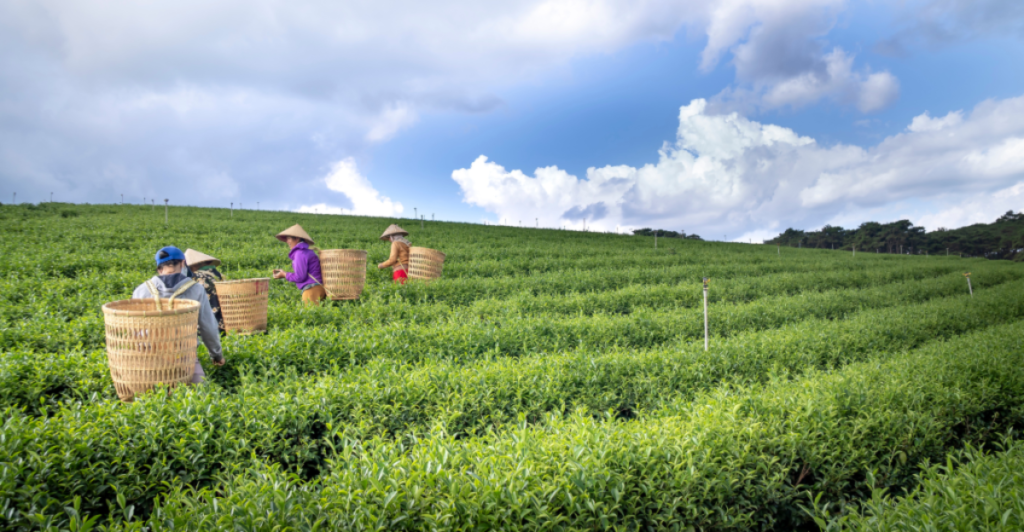
As extreme weather becomes more common, crops need to adapt. Scientists are creating climate-resilient crops that can survive drought, floods, and heat waves. Think drought-tolerant corn or rice that thrives in salty soil. These crops could ensure stable food supplies even in tough conditions.
Farmers Are Key

Developing resilient crops is only half the battle—farmers need support to implement them. Programs in Africa and Asia are helping farmers adopt new varieties and learn techniques to get the most from their land, even in extreme climates.
5. Exploring Alternative Proteins
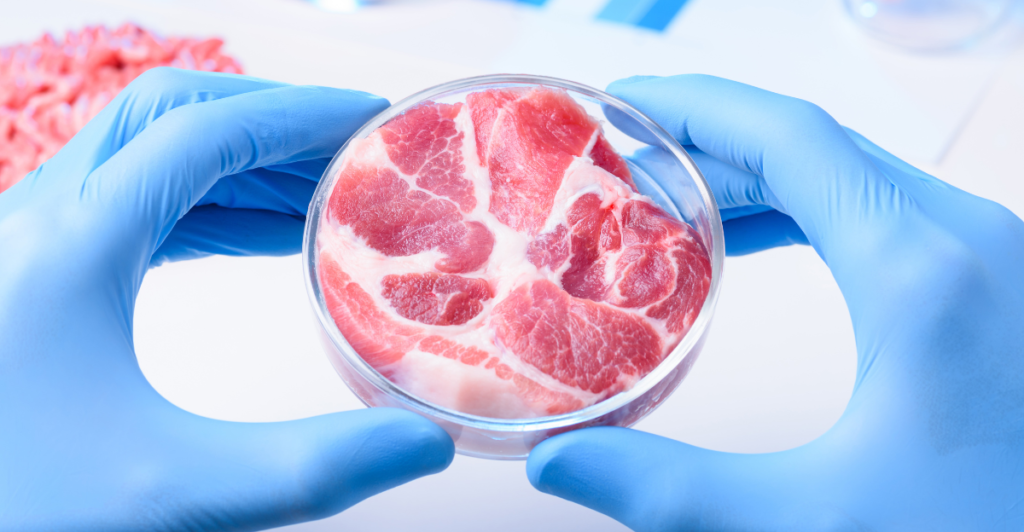
Feeding billions isn’t just about crops. Alternative proteins, like lab-grown meat, plant-based substitutes, and even edible insects, could fill the gap. These options require fewer resources to produce and could transform how we think about protein.
A Recipe for the Future

Doubling the global food supply isn’t just about producing more—it’s about wasting less, farming smarter, and embracing innovation. Whether it’s supercharged plants or sustainable proteins, these ideas offer hope for a future where no one goes hungry. The solutions are here—it’s time to act.







